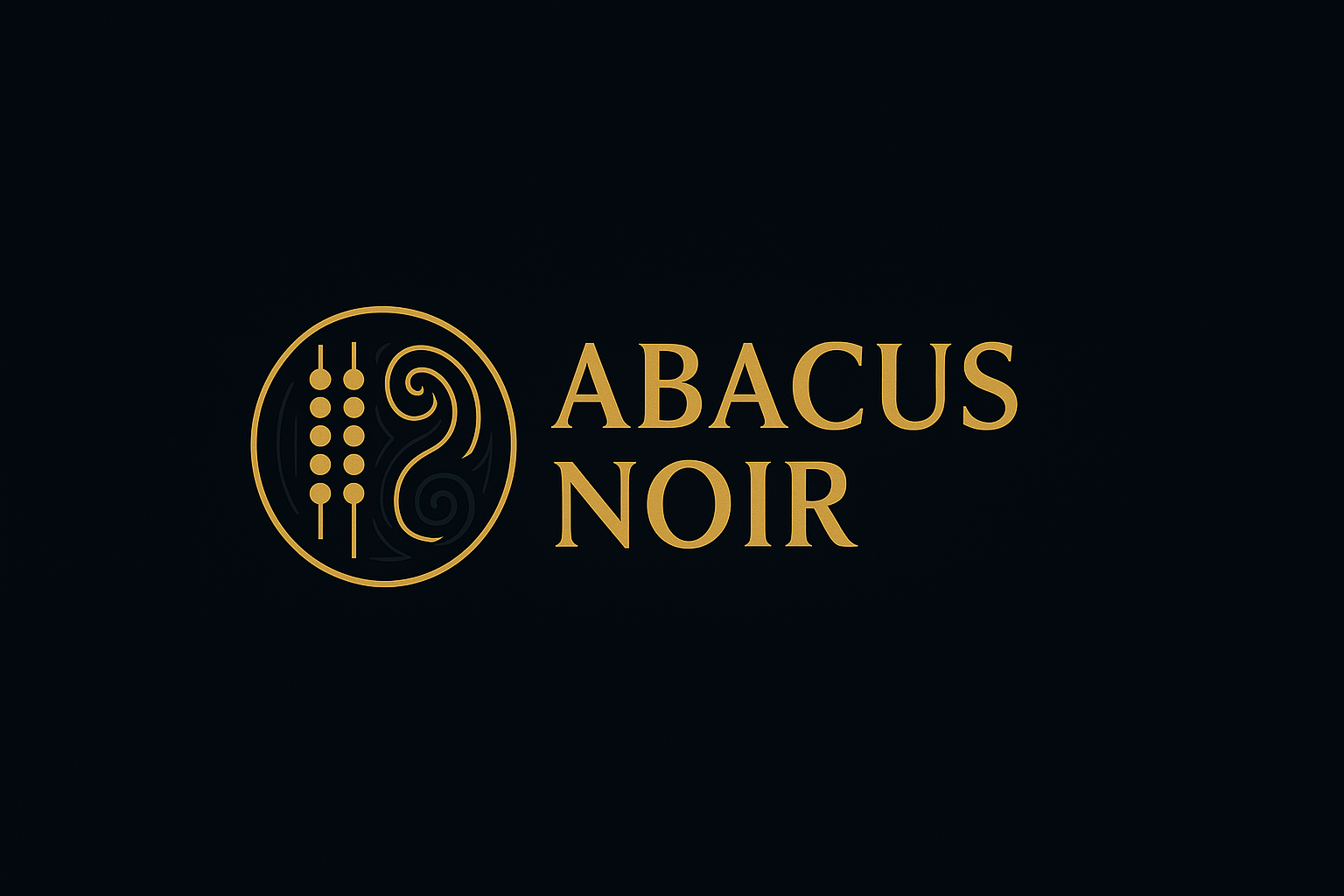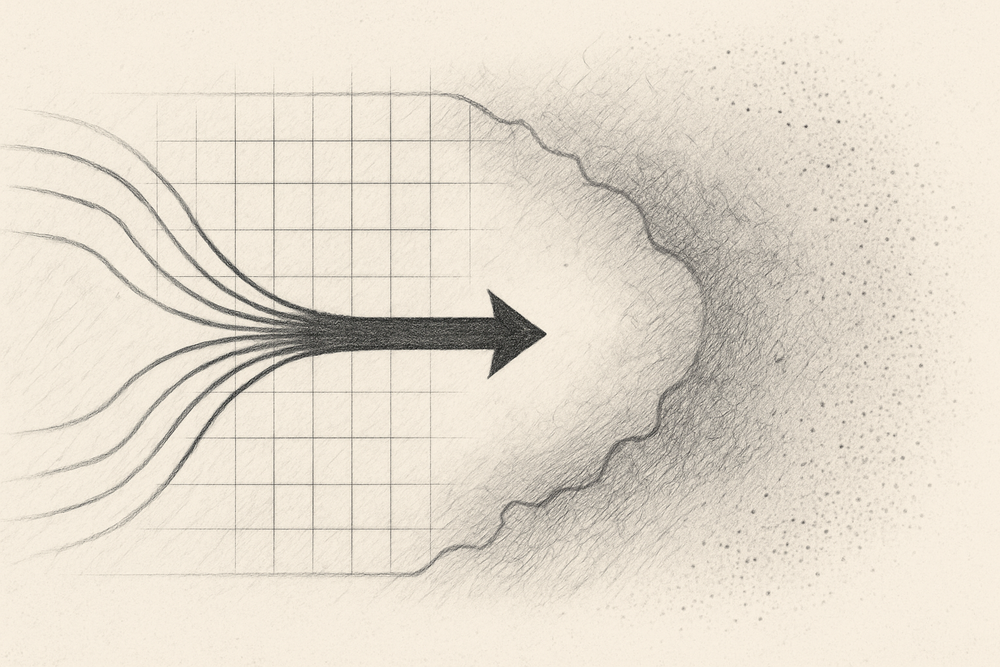(Or, how the "Solitude Curve" actually works)
The solitude curve describes the pattern: AI assistance lets you work independently for longer stretches before needing human intervention. But what does that actually look like in daily work?
I've noticed two distinct mechanisms. Not abstract capabilities, but specific, recurring patterns in how I use these tools.
Time-compression: velocity on known paths
The first one is boring, but massive: doing things I already know how to do, just 10-20x faster.
Not learning new skills, or solving novel problems, just ... eliminating the friction between steps I'd normally execute manually.
Without AI: 2-3 hours of context-switching. Open file, scan for pattern, copy value, switch to terminal, run command, check result, go back to file, find next one, repeat. Death by a thousand context switches.
With AI: Scrape data, extract patters, run a test until it's fixed, document changes, iterate as needed, in continuous flow ... and I come back later to review.
The work didn't change. The knowledge required to do the work didn't change. The overhead between knowing what to do and having it done collapsed.
I don't like the framing of this as "AI magic." It's ad-hoc scripting via natural language. Tool-use as just-in-time automation for tasks that aren't quite worth writing a proper script for, but are tedious to do manually.
The time-compression is real. The value is real. But it's not because the AI is "smart" (I still resent treating machines as smart) it's because it removes friction from things I already understand.
Lossy reach: breadth across fuzzy boundaries
The second mechanism is harder to describe: I can now operate effectively in territories where my knowledge is fuzzy at the edges.
Used to be, I needed maybe 80% confidence across my entire problem space before starting work. If I didn't understand the architecture, the gotchas, the standard approaches ... I'd spend time learning first, or just avoid the problem.
Now I operate at 60% baseline knowledge with on-demand 90% confidence wherever I'm currently working.
As an example: diving into debugging for a tool I barely understood. If I know the high-level shape (containers, networking, configuration, whatever), but not the specifics, normally I'd either spend hours reading docs first, or just give up and ask someone else.
Instead: I can just start with my fuzzy understanding, and get filled in details just-in-time via prompting as I encounter friction points. "What does this error mean in this context?" "How does X interact with Y in this setup?" "Show me the typical gotchas here."
My average knowledge went down. My reach went up.
I'm calling this "lossy reach": accepting information loss at the edges in exchange for dramatically expanded explorable territory.
The trade-off is explicit: you're operating with less crisp understanding than you would if you learned everything properly first. But the alternative isn't "learn it all properly" ... it's "don't explore this at all because the activation energy is too high."
Why both matter
Time-compression is about depth (going faster down known paths).
Lossy reach is about breadth (going wider into fuzzy territory).
This is how the solitude curve actually extends. Both mechanisms directly increase that Mean Time Between Interventions: time-compression by executing faster, lossy reach by venturing into areas you'd previously avoid.
Both require baseline competence! If you're at zero knowledge, neither helps much. But if you're in that middle zone where you know enough to be dangerous 😄 ... these mechanisms are how the expanding autonomy actually manifests in practice.
Again, not hype (I don't want to hear about AGI, ugh). Not replacement. Just ... highly, highly, useful leverage on work I'm already doing.
(Obvious) Caveat: I don't know yet what the long-term effects are of operating with lossy reach. Am I building real understanding or just skating on thin ice that happens to hold? We'll re-evaluate in a year. In the meantime, in the spirit of showing-not-telling, I'm gonna keep using ten-minute chunks during each month to build things that make this point.

